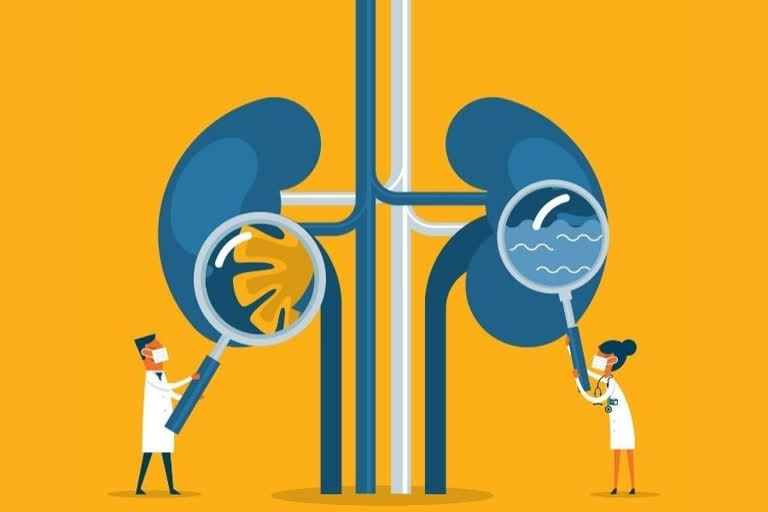Primarily known to infect cells in the respiratory tract, physicians were surprised to see that many patients, especially those with severe COVID, were also developing injuries to their kidneys. "It was shocking to hear doctors describe how patients who were healthy suddenly developed kidney injury and needed to go on dialysis after contracting SARS-CoV-2," said Samira Musah, assistant professor of biomedical engineering and medicine at Duke University.
"It was clear that the virus was doing something to the kidneys, but it was so early in the pandemic that nobody was sure what was going on," she added. For the new study, described in the journal Frontiers in Cell and Developmental Biology, the team worked with a pseudovirus version of SARS-CoV-2 on a previously developed model of podocyte cell, a specific type of kidney cell that helps control the removal of toxins and waste from the blood.
When the pseudovirus was introduced to the podocyte cell model, the team discovered that the spike protein of the virus could directly bind to numerous receptors on the surface of podocytes. "We found that the virus was especially adept at binding to two key receptors on the surface of the podocytes, and these receptors are abundant in these kidney cells," explained Titilola Kalejaiye, a postdoctoral fellow at Duke.
